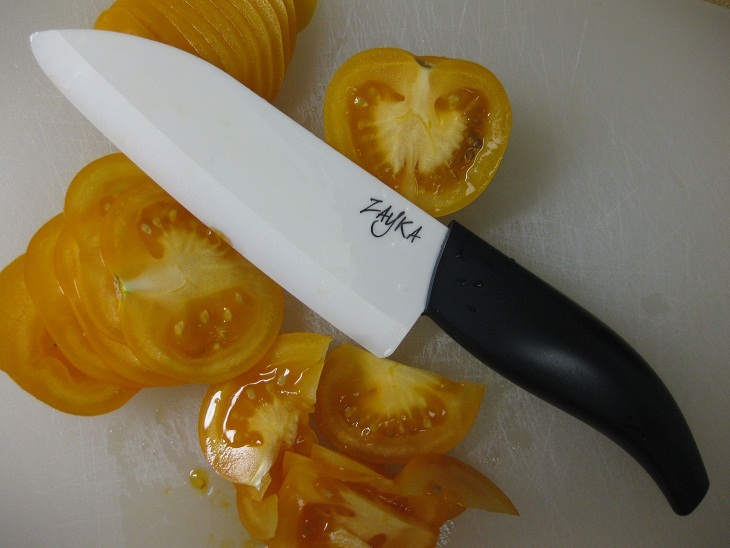RayRay1132
Member
I recently saw one of PhotonicInduction's new yt vids where he displays a Nernst lamp. I was trying to replicate this but need to know at what temperature zirconium dioxide will glow (taken from a ceramic knife), and how much voltage/current will be needed to keep the piece glowing. I tried googling this but came up with vague results.
Thanks In advance -Ray, KD2JID
Thanks In advance -Ray, KD2JID



